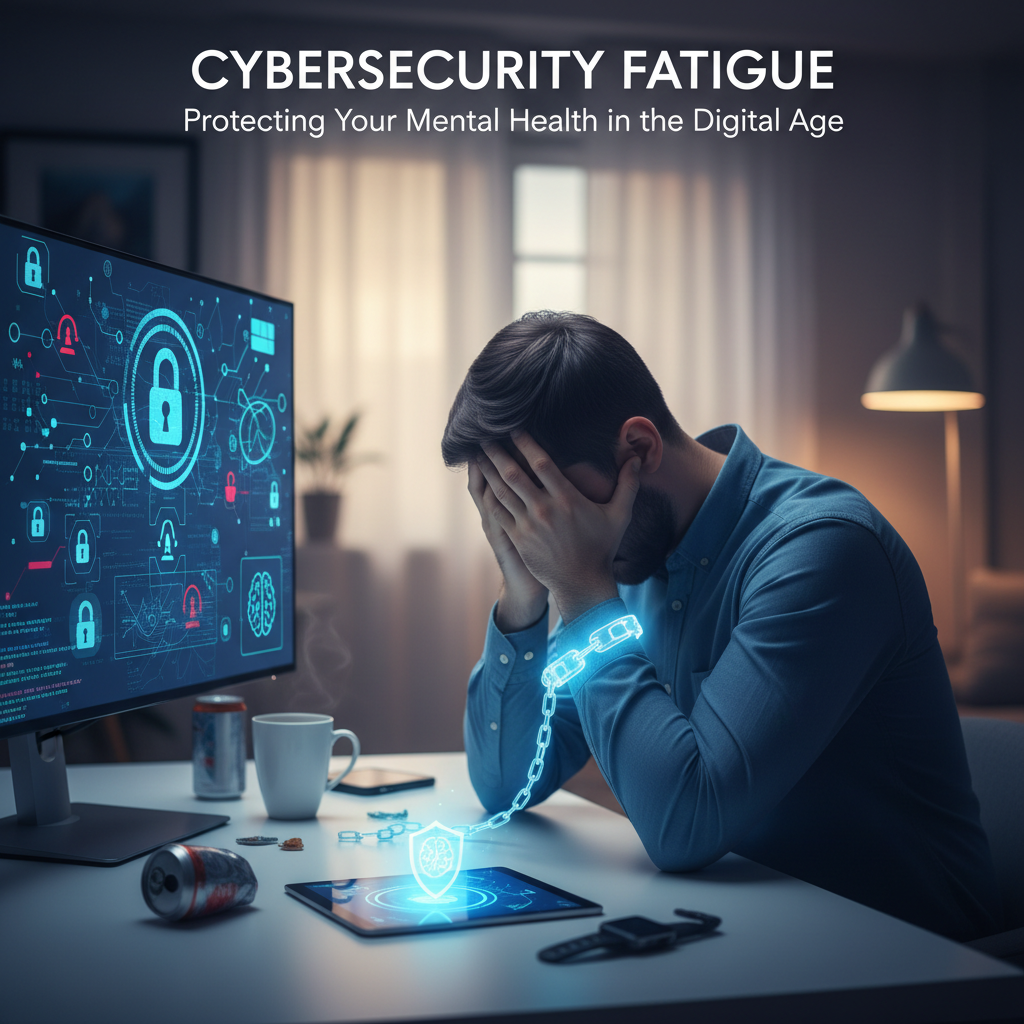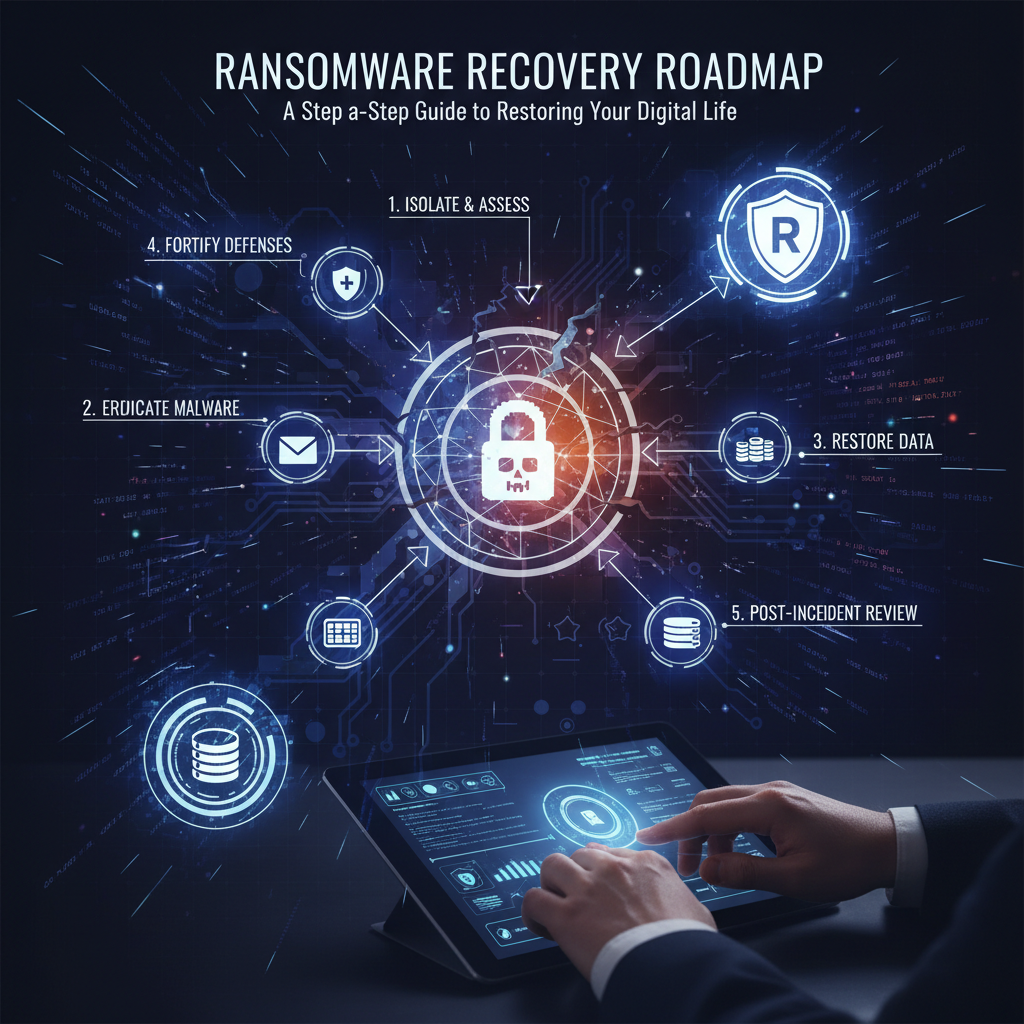Who this is for: privacy-conscious leaders, small business owners, and busy individuals who’ve dealt with a breach—or worry the next alert will be yours. Your pain: constant anxiety, whiplash from “must-have” tools, passwords everywhere, compliance pressure, board questions you can’t fully answer, and that nagging fear that it might happen again. How we help: we guide teams through calm, repeatable post-breach recovery and long-term digital wellness—practical playbooks, gentle habit-building, and security architecture that actually works without derailing your day job.
What is “digital wellness” after a breach?
Think of digital wellness as long-term cyber hygiene for real life—clear routines, resilient systems, and low-friction habits that reduce risk without burning you out. It’s not a product. It’s a lifestyle shift for your devices, accounts, data, and teammates.
After an incident, most folks sprint, then stall. Digital wellness keeps you progressing—small, steady moves that stack. In my experience, teams that anchor on wellness see fewer “oh no” moments and recover faster when they do happen. Learn more about after an incident.
Why it matters (short answer)
Because breaches aren’t one-time events, they’re stress tests. Good habits turn a crisis into a blip, not a business-ender. You lower costs, sleep better, and yes—compliance gets easier almost by accident.
Red flags you’re not digitally well
- Repeated password resets, but no MFA coverage above 90%.
- Backups exist, but nobody’s restored one in 60 days.
- Unknown SaaS tools showing up on invoices (shadow IT… again).
- Phishing “tests” feel like gotchas, not coaching.
- Vendors store data you don’t need—forever.
Mindset shift: from fear to hygiene
Look, fear spikes action, then fades. Habits stick. So we trade drama for design: fewer decisions, more defaults. Passkeys instead of passwords. Automatic updates instead of “maybe later.” That kind of thing.
What should you do immediately after a breach?
Short version: contain, verify, notify, rebuild. Don’t guess—write it down as a checklist and run the play.
- Isolate affected devices and accounts. Pull them off networks. Change credentials from a clean machine.
- Enable or re-enroll strong MFA everywhere—admin, finance, email, payroll, customer portals.
- Rotate secrets: API keys, app passwords, SSH keys. Expire old tokens. Reissue new ones.
- Force logouts on critical platforms (Google Workspace, Microsoft 365, Okta, AWS, etc.).
- Review sign-in logs for impossible travel and unknown IPs. Document timestamps.
- Reimage compromised endpoints, don’t just “clean.” Fresh OS, patched, enrolled in MDM/EDR.
- Check backups and do a quick restore test. If it takes more than 30 minutes to kick off, fix that pipeline.
- Privacy steps: notify impacted individuals as required, offer credit monitoring, and respect deletion rights.
- Legal/regulatory: align with contract and jurisdiction rules, and if disclosure is required, do it clearly without oversharing your playbook.
And breathe. You’ve started recovery. Now we shift from firefighting to long-term wellness.
Post-breach recovery roadmap (a calm 90-day plan)
Days 0–7: Stabilize
- Run the incident checklist above and assign a single coordinator (even if that’s you).
- Freeze credit with the bureaus for any affected individuals. It’s free, and it works.
- Snapshot evidence: logs, alerts, comms. You’ll want this for root cause analysis.
- Communicate simply: what happened, what you’re doing, how to get help. No jargon.
Days 8–30: Learn and harden
- Root cause analysis: was it a phish, weak config, unpatched system, or third-party access? Write it in plain English.
- Close the exact gaps you found—no generic “we’ll be more careful.” Patch, reconfigure, revoke access.
- MFA coverage to 100% for admins and 95% for all users. Yes, 95%. You can get there.
- Deploy a password manager and start migrating to passkeys where supported.
- Baseline your environment: device inventory, SaaS sprawl, data map. Guessing is over.
Days 31–90: Build wellness
- Create a 1-page security policy (no fluff)—approved tools, data handling, incident steps.
- Run two restore drills: one file-level, one full system. Time them. Record the result.
- Stand up a monthly patch window with clear ownership and a 14-day SLA for critical updates.
- Enable automated DNS filtering and email authentication (SPF, DKIM, DMARC enforcement).
- Vendor hygiene: review your top 12 vendors for MFA, logging, data retention, and SOC 2/ISO claims.
By day 90, you’ve turned reaction into rhythm. That’s digital wellness in motion.
What are long-term digital wellness strategies that actually stick?
Here’s the secret: behavior first, tools second. Tools help, but only if they’re set-and-forget, or at least low lift for the humans who use them.
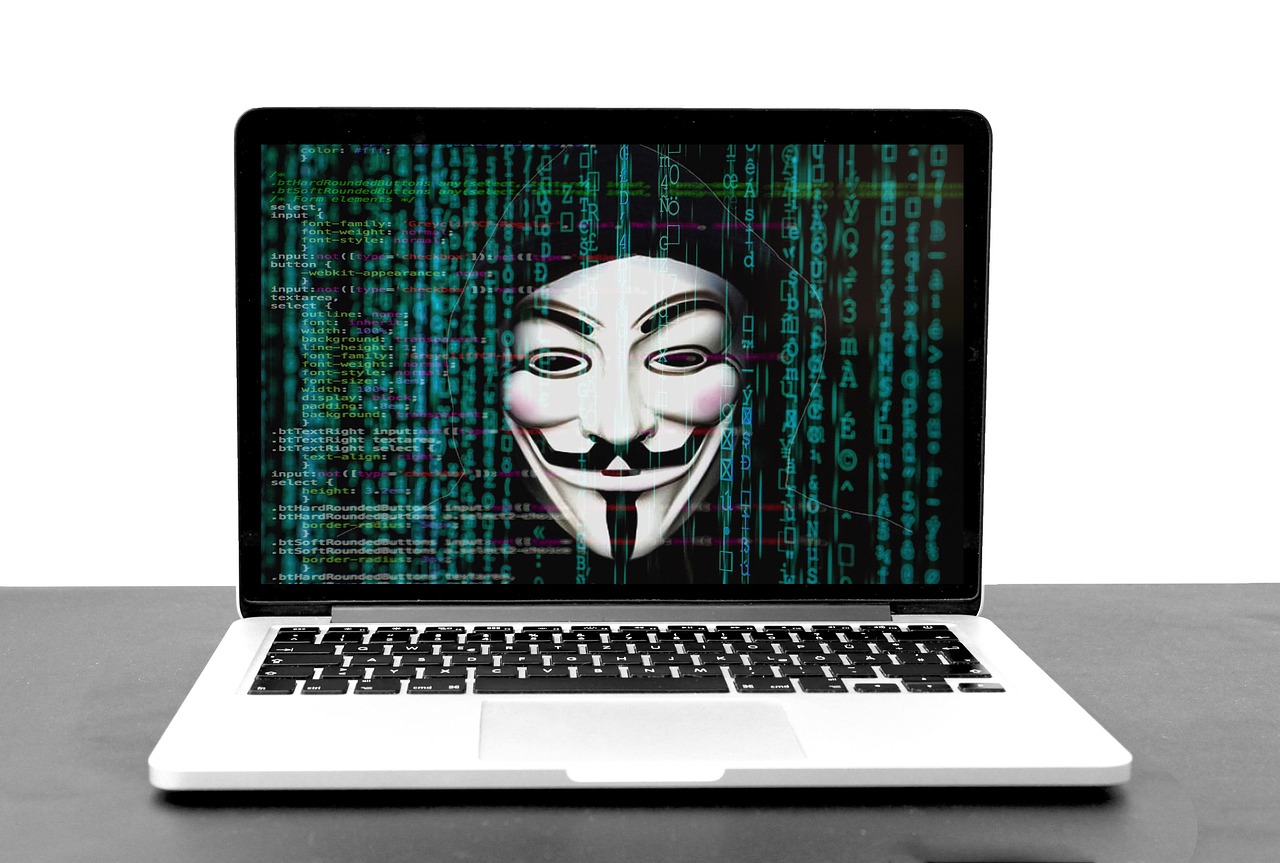
Build cybersecurity habits that don’t suck
- Habit loop: make it obvious (nudges), easy (1-click), rewarding (recognition). Micro-wins beat mega-policies.
- Default to passkeys for supported apps. They crush phishing and kill password reuse.
- Use a password manager and share vaults for teams. One place, audited, not sticky notes.
- Phishing training as coaching, not shaming. Celebrate reports, not perfection.
Data protection by design
- Data map in 30 minutes: what data, where it lives, who has access, how long you keep it. Put it in a sheet.
- Minimize: collect less, keep shorter. If you don’t have it, nobody can steal it. Simple.
- Tag sensitive data in your storage and SaaS tools. Turn on encryption at rest and in transit everywhere you can.
- Use data loss prevention (even light versions) to catch outbound SSNs, payment data, or health info.
Privacy tips you’ll actually use
- Use a privacy-focused browser profile with tracker blocking. Separate work and personal profiles.
- Audit app permissions on phones quarterly. Location, contacts, microphone—deny what’s not essential.
- Set calendar reminders every 90 days to review account security pages for your big platforms.
- Unsubscribe and delete old accounts. I’ve noticed this trims 30% of risk with 90 minutes of cleanup.
Secure collaboration and remote work
- Standardize on approved chat, file sharing, and video apps. Shadow tools create blind spots.
- Auto-expire external sharing links. If a link needs to live forever, it’s probably a policy problem.
- Require device health for access: OS up-to-date, disk encryption on, screen lock enabled.
Vendor and SaaS risk hygiene
- Use SSO + MFA for every app that matters. No orphaned logins, no “shared@company” accounts.
- Quarterly access reviews of your top SaaS tools. Remove former staff within 24 hours—set an automation if you can.
- Ask for data retention settings and turn them down. Keep what you need for as short as possible.
How do you measure digital wellness? (KPIs that matter)
You can’t manage what you don’t measure—so pick a handful and review them monthly. Not 40. Start with 7.
- MFA coverage: total users and privileged users. Target 95% and 100% respectively.
- Patch velocity: median days to patch critical updates. Goal: under 14 days.
- Backup integrity: time to start a restore and success rate. Run 2 drills per quarter.
- Phishing reporting rate vs. click rate. More reports, fewer clicks—trend matters more than absolutes.
- Shadow IT count: number of unapproved SaaS apps detected. Drive it down with SSO, not scolding.
- Least privilege: percentage of users with admin rights. Keep it under 5%.
- Incident response readiness: time to assemble stakeholders for a tabletop. Under 30 minutes is great.
Put these on a 1-page scorecard. Share it. If numbers slide, that’s your nudge to adjust habits or fix a control.
What tools and automations help without blowing the budget?
Truth is, configuration and consistency beat shiny logos. Still, tools matter. Pick ones your team will actually run.
- Identity: SSO + MFA + basic conditional access. Aim for phishing-resistant methods (passkeys, FIDO2).
- Password manager: team vaults, audit reports, breach monitoring. Roll it out with a 20-minute training.
- Endpoint security: EDR on laptops and servers, with auto-quarantine. Tie it into alerts you’ll see, not ignore.
- Device management (MDM): enforce encryption, screen lock, and OS versions. Lost device? Remote wipe.
- DNS filtering and email security: block known bad, add banner warnings, enforce DMARC quarantine/reject.
- Backups: immutable, off-site, tested. Don’t pay for backup until you’ve restored from it—twice.
- Privacy helpers: tracker blockers, permission managers, data broker opt-outs, and quarterly deletion runs.
- Credit and identity monitoring for affected individuals post-incident—ideally with education, not just alerts.
As of this fall, passkeys adoption is accelerating fast, which is great news. It means fewer passwords to manage and fewer phishing headaches, for both people and help desks.
Leadership and culture: make security normal, not noisy
Security culture isn’t posters and scary stats. It’s norms. Do people feel safe asking “Is this link weird?” Do leaders model the behavior—like using a password manager on screen during demos?
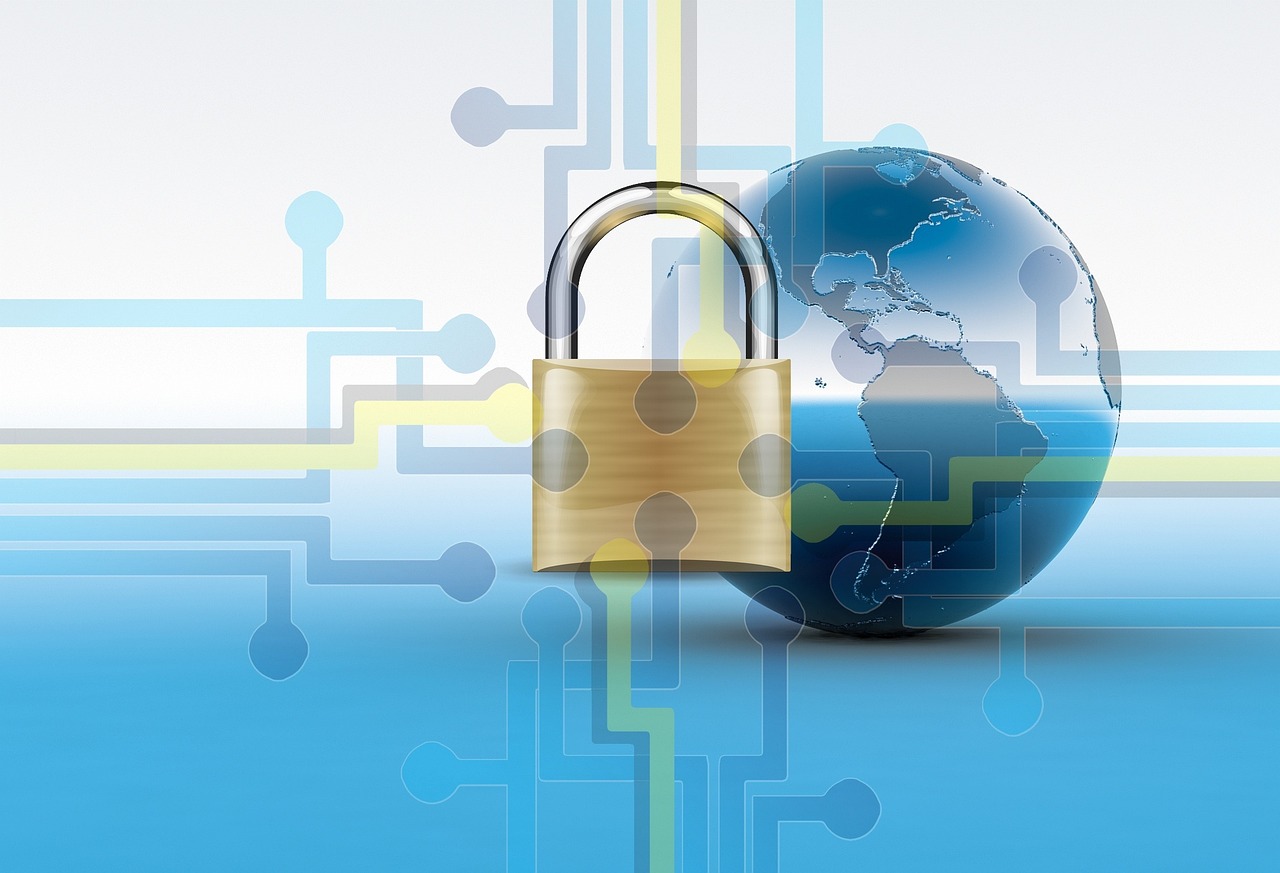
- Blameless postmortems: we learn, we don’t shame. Otherwise folks hide incidents, which is the real risk.
- Security champions: one person per team who keeps the pulse and brings feedback from the front lines.
- Micro-trainings: 5 minutes during standup beats hour-long webinars nobody remembers.
- Nudges: a monthly Slack reminder to check app permissions, or a quarterly “delete old docs” day.
I’d argue culture is your biggest multiplier. Tools are replaceable. People and habits—those stick.
Common mistakes after a breach (and what to do instead)
- Buying a pile of tools fast. Instead, fix the root cause and automate one control at a time.
- Skipping evidence collection. Instead, capture logs and timelines before you wipe.
- Under-communicating. Instead, share what you know, what you don’t, and what’s next—clearly and calmly.
- Ignoring privacy. Instead, honor deletion rights, minimize data, and be transparent about retention.
- One-and-done tabletop. Instead, run two short drills per year with different scenarios.
Templates: a simple weekly and monthly cadence
Weekly wellness
- 5-minute check: new sign-in alerts, MFA failures, device health.
- Patch quick wins: browsers and high-risk apps (yes, the PDF reader).
- Access changes: new hires, leavers, role changes. Close loops fast.
- Shout-out: celebrate the best phishing report or cleanup win. People love recognition.
Monthly wellness
- Scorecard review: MFA, patching, backups, phishing.
- Restore drill: one item, different system each month. Track time to restore.
- Vendor check-in: one critical vendor per month for the big 4—MFA, logs, retention, contacts.
- Policy tune-up: 1-page policy stays living, not laminated.
Beyond the breach: the quiet compounding effect
So here’s the thing about digital wellness: it compounds. One secure default today saves you from 10 headaches tomorrow. It’s like choosing between a Ferrari and a bicycle for a city commute—the fancy thing looks cool, but the steady, practical choice wins every single workday.
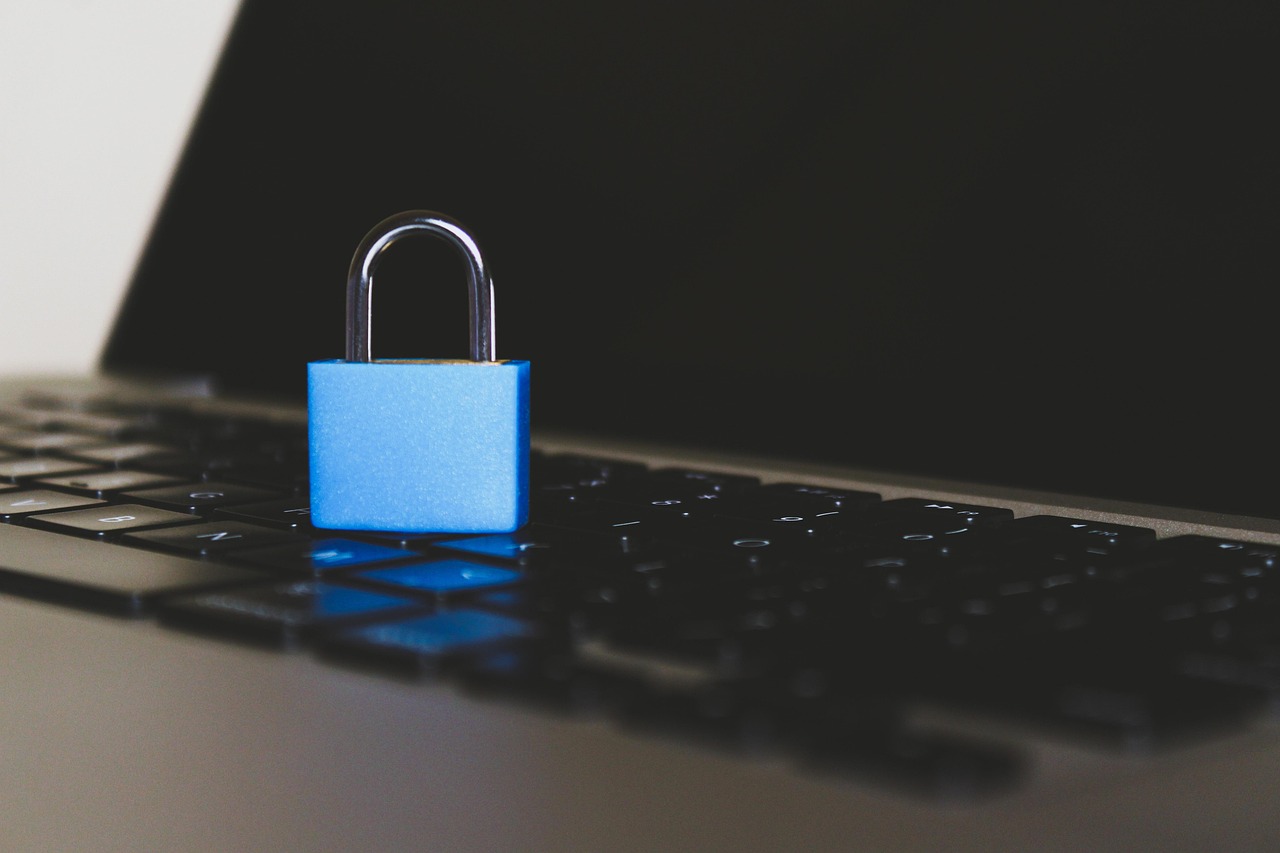
If this all feels like a lot, that’s normal. Real talk—most teams don’t need more effort; they need better defaults. Our crew sets those defaults, builds the dashboards, and coaches your people so the system keeps humming while you get back to the work only you can do.
How we support long-term digital wellness (light lift, high trust)
- Post-breach recovery sprints: contain, analyze, harden—clear outcomes in 30 days.
- Digital wellness program: scorecards, monthly rituals, and automations that reduce toil.
- vCISO guidance: pragmatic policies, risk framing for leaders, and vendor oversight without the noise.
- Technical hardening: identity, email, endpoint, backups—configured right, tested often.
If this feels overwhelming, our team can handle it for you while keeping you in the loop, not in the weeds.
FAQs: digital wellness, post-breach recovery, and privacy
How long does post-breach recovery take?
For small teams, stabilization often happens in 7–10 days, with hardening in 30 and strong wellness habits by day 90. Enterprise timelines vary based on scope and regulatory tasks, but the pattern holds: stabilize, learn, harden, build habits.
Should I freeze my credit after a breach?
Yes. A credit freeze is free, takes minutes, and blocks new accounts from being opened in your name. Pair it with account monitoring and a password manager to reduce identity fraud risk.
Are password managers safe after a breach?
Used correctly, yes. Choose one with strong encryption, audited security, and support for passkeys. Turn on MFA, use a long unique master passphrase, and monitor for vault health alerts. The alternative—reusing passwords—is far worse.
Do we need cyber insurance now?
Insurance won’t prevent incidents, but it can buffer financial shocks and provide access to response partners. Many carriers now require basics like MFA, backups, and EDR. If your controls are weak, invest there first—premiums improve and claims are less painful.
Can a small team really do all this?
Absolutely. Start with the essentials: MFA everywhere, a password manager, tested backups, device updates, and clear offboarding. Then add one wellness habit each month. We’ve seen teams of 7 thrive with this approach because it’s focused and realistic.
Your next three moves
- Turn on phishing-resistant MFA for email and finance apps today.
- Schedule a 30-minute backup restore test this week—prove it works.
- List your top 12 apps and enable SSO, passkeys, and least privilege access.
Do those three and you’ll feel the stress drop. Then keep going. Quietly. Consistently. That’s digital wellness.

